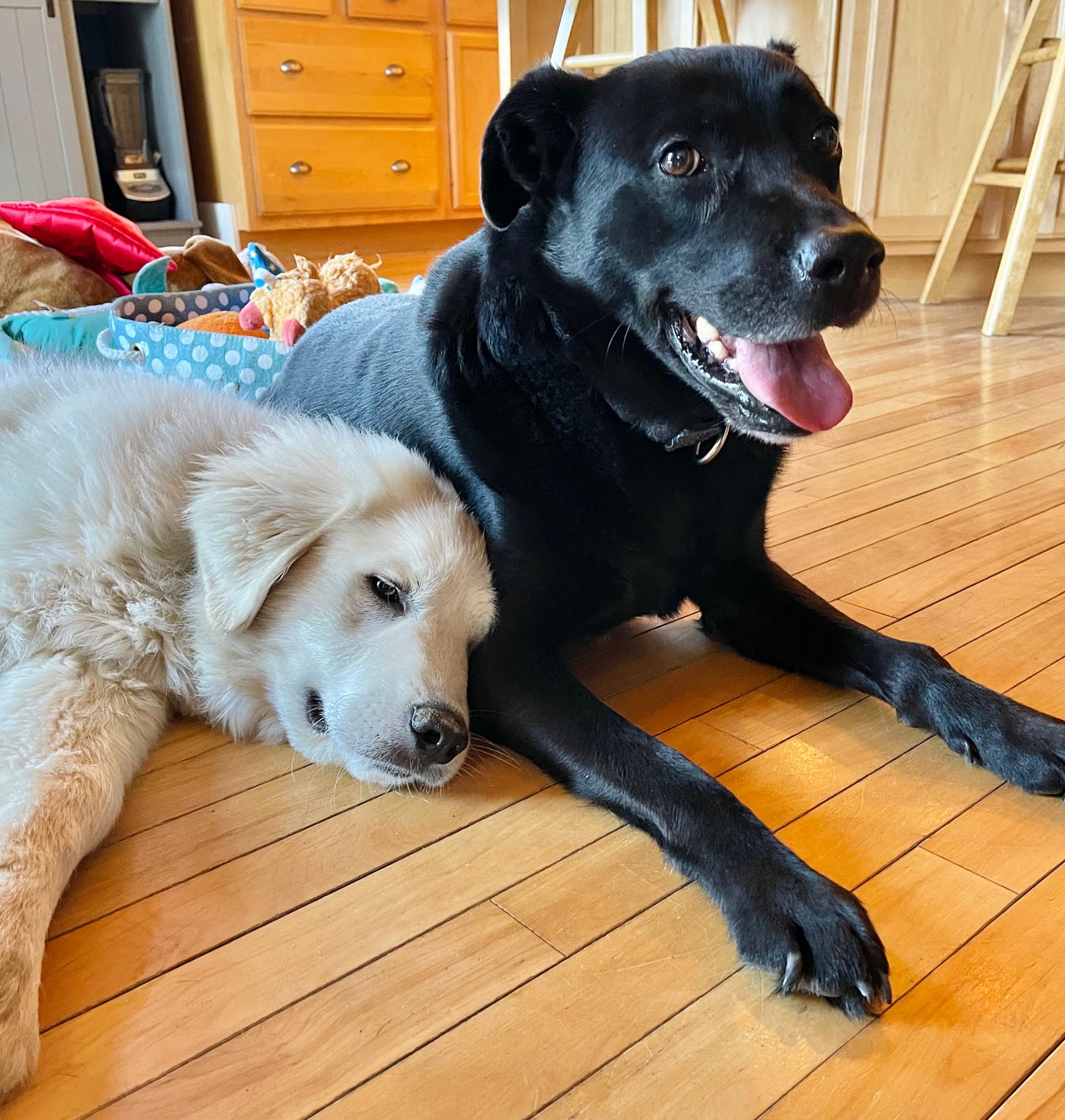Character Arcs Through the Quadrants: An Integral Approach to Transformation
Oh, my word, sexiest title ever, right? Not intimidating at all, right?
Character Arcs Through the Quadrants: An Integral Approach to Transformation
If you enjoyed thinking about your characters through the lens of Integral Theory (and you know you did), let’s go deeper—into character arcs. Because real transformation? It hits all four quadrants.
Think about your some really popular character arcs; Katniss, Jane Eyre, Aragorn, Circe. The ones that feel real and earned. Their journeys aren’t just about changing one belief or defeating one villain. The characters evolve internally and externally, as individuals and as parts of a larger system.
Let’s look at how each quadrant can shape and support a character’s arc:
1. Interior Individual (UL): The Inner Shift
This is the heart of your character’s personal growth—their wound, their lie, their moment of clarity.
Example: Zuko (Avatar: The Last Airbender) believes he must earn his father’s approval to have worth. His arc involves shedding that belief.
Ask: What does your character believe at the beginning that they no longer believe at the end?
2. Exterior Individual (UR): Action Reflects Change
We love a character who shows they’ve changed. This quadrant is where their choices shift: new behavior, new habits, new body language.
Example: Elizabeth Bennet’s decision to walk miles in the mud, or later, to take responsibility for her misjudgments—her actions evolve with her insight.
Ask yourself: How do their actions at the climax differ from their first big decision in the story?
3. Interior Collective (LL): Cultural Belonging and Belief
Characters exist in cultures: families, subcultures, whole societies. Sometimes the arc means reconciling with those cultures. Sometimes it means breaking away.
Example: In Encanto, Mirabel’s journey is about healing her family’s unspoken emotional expectations, not just saving the house.
Ask: What unspoken rule or cultural belief does your character challenge by the end?
4. Exterior Collective (LR): Systems and Power
A character’s arc doesn’t just exist in their head or heart. They live in structures like schools, economies, governments and those structures either support or resist their growth.
Example: In The Hunger Games, Katniss’s personal rebellion becomes a threat to the entire system. Her arc plays out on both emotional and institutional levels.
Ask: What system does your character have to confront or escape to complete their journey?
Integral Character Arc Exercise: Mapping Transformation Across the Four Quadrants
Step 1: Choose a Character
Pick one character from your novel—ideally your protagonist. You can repeat this for other major characters later.
Step 2: Establish the Beginning (Your “Setup” Quadrants)
In the beginning of your novel, where is this character in each quadrant?
Upper-Left (Interior-Individual / Intentional)
What are their internal beliefs, emotions, wounds, or motivations?
What do they believe about themselves or the world?
Example: Believes she must stay small and quiet to be safe. Feels unworthy of love.
Upper-Right (Exterior-Individual / Behavioral)
How do they act, speak, dress, move through the world?
What habits or physical behaviors show us who they are?
Example: Avoids confrontation. Never initiates touch. Keeps her hair tightly bound.
Lower-Left (Interior-Collective / Cultural)
What culture, subculture, or group shapes their worldview?
What are the shared values or expectations of this group?
Example: Raised in a family that values duty and silence over emotional expression.
Lower-Right (Exterior-Collective / Social/Systems)
What societal systems, institutions, or power structures influence them?
What is their job, class, race, or legal/social status?
Example: Lives in a theocratic kingdom where women can’t inherit property.
Step 3: Define the End (Your “Transformation” Quadrants)
Where do you want this character to end up by the novel’s resolution?
Use the same four quadrants to define their new beliefs, behaviors, relationships, and place in society.
Step 4: Map the Arc
Now, sketch a rough pathway of how they move from beginning to end in each quadrant. Ask:
What inner realization or insight shifts their beliefs?
What actions or habits change as a result?
What cultural relationships challenge or support them?
What external forces push them to grow or oppose their growth?
Step 5: Integrate with Plot
Choose at least three key scenes in your novel:
One early scene
One midpoint/turning point
One climax/resolution scene
For each scene, jot down how that scene affects or reflects change in one or more quadrants.
So, for example… At the midpoint, she breaks a family tradition by speaking publicly, challenging the culture that shaped her (Lower-Left) and taking a new behavioral risk (Upper-Right).
Whew. So much, right? Next post will be goofier, I promise.
Would you like to try to encourage me to keep doing this Substack thing and make me think that you value my thoughts while also buying puppy food? Become a paid subscriber! Or even just a subscriber.
I send these email twice a week. If you would also like to receive them, join the other super-cool, super-smart people who love it today. Or even just spread the word that I exist. That’s cool, too.
*My LIVING HAPPY posts also come twice a week if you sign up for them, too, which you should. Cough. That’s me trying to sell. I am terrible at it, I know.





